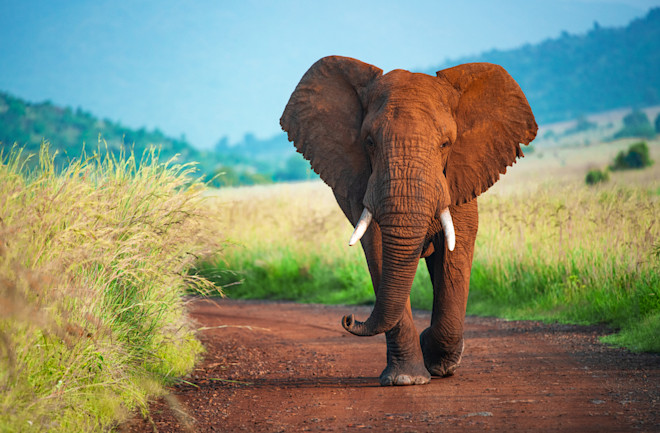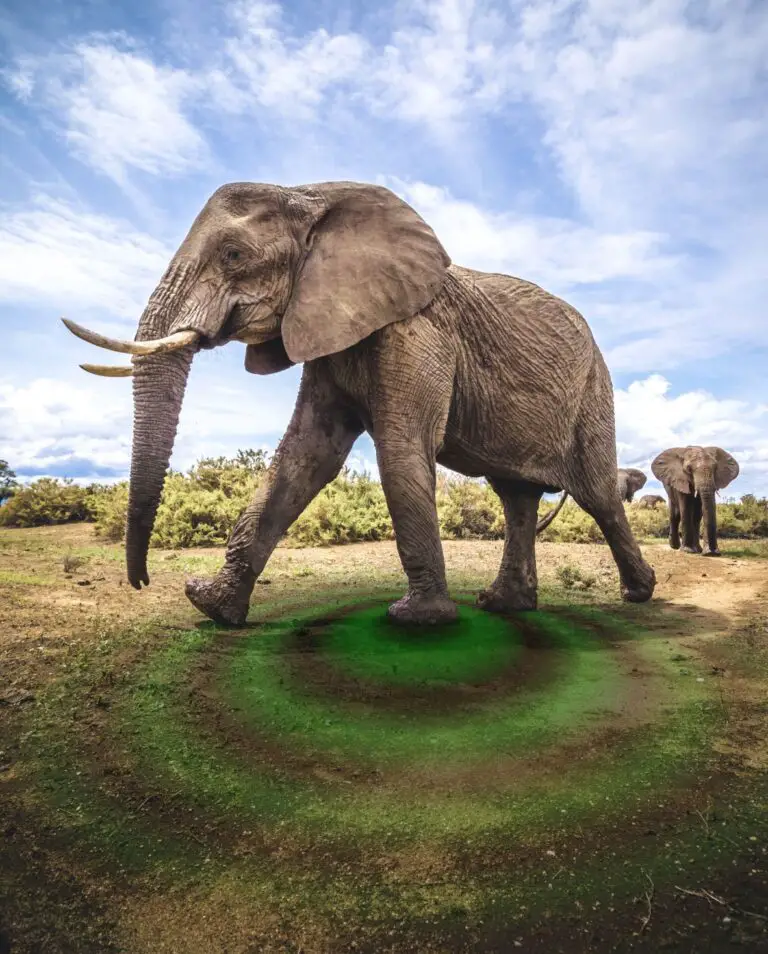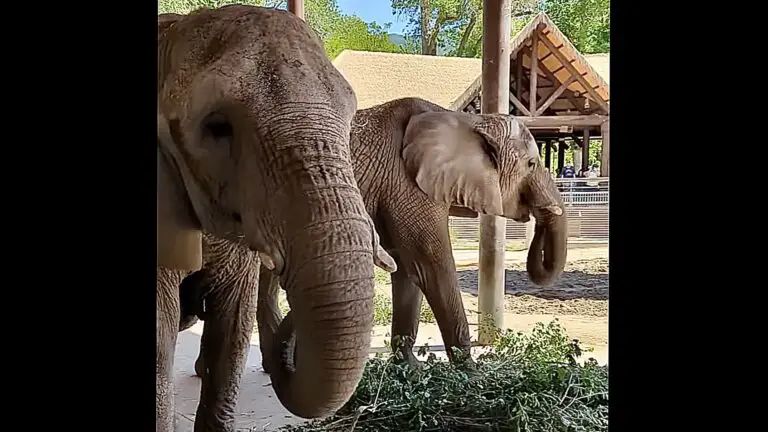How Many Elephants are Left in the World 2024

In 2024, there are approximately 415,000 African elephants left in the world, making them an endangered species. African Elephants are the largest land mammal and their populations continue to decline due to poaching, habitat loss, and human-wildlife conflict.
(Introduction) The African elephant, the largest land mammal on Earth, is facing a serious threat to its survival. With their striking size and intelligence, these majestic creatures have captured the hearts of many. However, their populations have dramatically declined over the years, leaving environmentalists and conservationists concerned about their future.
In 2024, it is estimated that there are approximately 415,000 African elephants left in the world, marking them as an endangered species. This decline is primarily attributed to factors such as illegal poaching, habitat destruction, and human-wildlife conflict. It is crucial that immediate action is taken to protect these iconic animals and ensure their long-term survival.
The Status Of Elephants
The status of elephants in 2024 is a matter of concern for conservationists, with both African and Asian elephant populations facing threats. African elephants, with two subspecies – the African forest elephant and the African bush elephant, are particularly at risk due to poaching and habitat loss. The Asian elephant, found in various countries, is also endangered due to similar threats. The declining numbers of these majestic creatures highlight the urgent need for conservation efforts and international cooperation. It’s crucial to raise awareness and take concrete actions to protect these iconic species from further decline.

Credit: www.usatoday.com
Factors Affecting Elephant Survival
In the ever-changing world, the survival of elephants is greatly influenced by various factors. One of the most prominent factors is habitat loss and fragmentation. Due to human activities such as deforestation, urbanization, and agricultural expansion, elephant habitats are being destroyed at an alarming rate. This leads to a significant reduction in the available space for elephants to roam freely and find food sources. Moreover, habitat fragmentation disrupts the natural movement patterns of elephant populations and isolates them into smaller, fragmented areas. Another major threat to elephant survival is poaching and illegal wildlife trade. Elephants are hunted for their ivory tusks, which are highly valued in the black market. The demand for ivory drives poachers to kill elephants, resulting in a decline in their population. Efforts are being made to combat these threats and protect elephant populations, but the challenges are immense.
Elephant Population Statistics
The elephant population statistics for 2024 show that there is a growing concern for their conservation. With increasing threats and poaching incidents, there is a pressing need to protect these magnificent creatures and ensure their survival for future generations.
Global Elephant Population
As of 2024, the worldwide elephant population is a matter of concern. Elephants are the largest land mammals and are endangered. According to various studies and organizations like World Elephant Day and Tsavo Trust, the current population is estimated to be around 415,000 African Elephants. However, population numbers can vary depending on different regions and conservation efforts. For example, the African forest elephant, African bush elephant, Sri Lankan elephant, Indian elephant, and Borneo elephant are among the different elephant subspecies that exist.
Unfortunately, elephants face numerous challenges, including habitat loss, poaching, and conflicts with humans. These factors have led to a daily loss of elephants, contributing to their declining numbers. It is crucial to raise awareness and take action to protect elephants, as they play a crucial role in maintaining ecosystems and biodiversity. Organizations like the World Wildlife Fund and Action for Elephants UK are actively working towards conserving elephant populations and their habitats.

Credit: www.discovermagazine.com
Conservation Efforts
Conservation Efforts: In order to protect elephant populations, efforts are being made through protected areas and national parks. These areas provide safe habitats for elephants to thrive and reproduce. Additionally, community-based conservation projects play a crucial role in involving local communities in the protection of elephants and their habitats. Through these initiatives, communities are educated about the importance of elephant conservation and are empowered to actively participate in safeguarding these majestic creatures and their environment.
The Importance Of Saving Elephants
Elephants play a crucial ecological role in their habitats. They are considered a keystone species, meaning they have a disproportionately large impact on the ecosystem compared to their numbers. They help maintain forest and savannah ecosystems by creating clearings in dense vegetation, allowing sunlight to reach the forest floor. This promotes the growth of understory plants, which provide food and shelter for other species. Elephants also disperse seeds through their dung, aiding in the regeneration of plant species. Additionally, elephants have cultural and economic value. They hold symbolic and religious significance in many cultures, and they are a major tourist attraction, driving local economies in areas where they are found. Therefore, protecting elephants is not only important for environmental sustainability but also for the well-being of local communities.

Credit: www.amazon.com
Frequently Asked Questions Of How Many Elephants Are Left In The World 2024
How Many Elephants Are Left 2023?
As of 2023, the global elephant population is estimated at around 415,000 African elephants and 50,000 Asian elephants.
How Many Elephants Were There 100 Years Ago?
Approximately 100 years ago, there were several hundred thousand elephants.
How Many Elephants Are Lost Per Day?
Approximately 55 elephants are lost per day due to poaching, habitat loss, and other factors. These threats have led to a decline in elephant populations worldwide.
How Many Elephants Are In The Entire World?
Elephant populations are estimated at about 415,000 worldwide, spanning various species and regions.
Conclusion
It is crucial to understand the critical situation of the elephant population. The dwindling numbers of elephants call for urgent attention and action to ensure their survival. This issue demands global awareness and collaborative efforts to protect and conserve these majestic animals for future generations.




